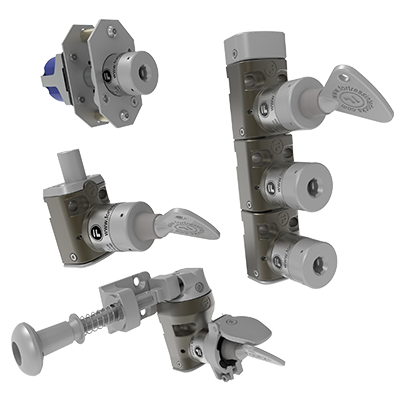The New Edition of ISO 14119
A new version of ISO 14119 “Safety of machinery – Interlocking devices associated with guards – Principles for design and selection” has just been published (Sep 2024). This type B2 standard replaces ISO 14119:2013 and it is an important document for many manufacturers, machine builders, end users, and other stakeholders involved in machinery safety and interlocking devices.
Brief Overview of ISO 14119 – What Does the Standard Cover?
The standard specifies the principles for the design and selection of interlocking devices associated with guards, independent of the nature of the energy source, and it provides measures to minimise defeat of interlocks in a reasonably foreseeable manner.
The standard considers several topics, including:
· Types of interlocking device associated with guards, and their principles of operation
· Requirements for the design and installation of interlocking devices with and without guard locking
· Principle for the selection of interlocking devices
· Measure to minimise the defeat of interlocking devices
· Requirements for integration into the control system
The selection and proper use of a specific interlocking device, from the five types outlined in the standard, is determined by the risk assessment.
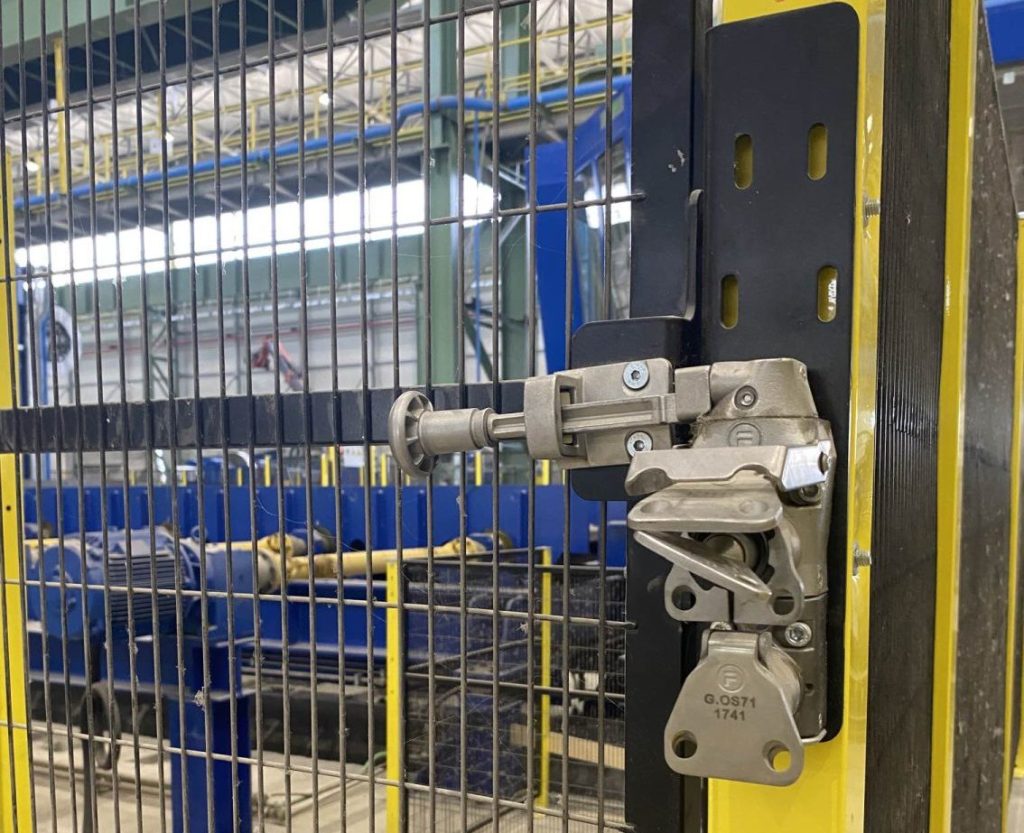
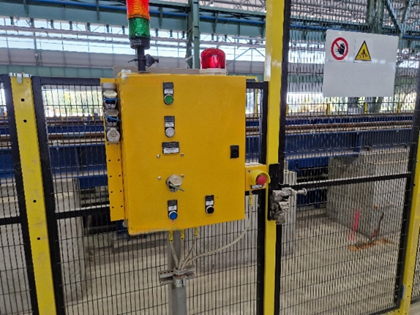
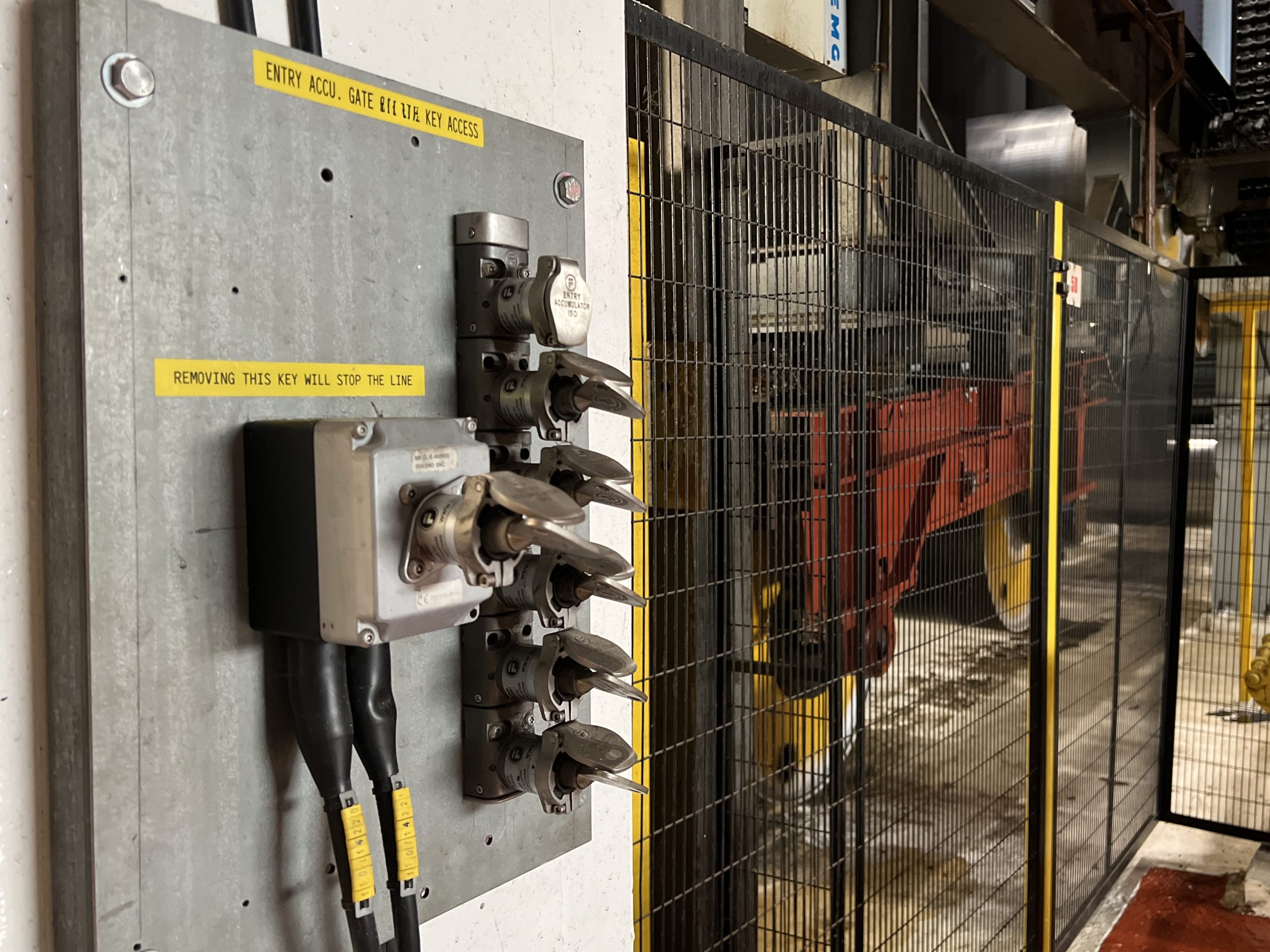
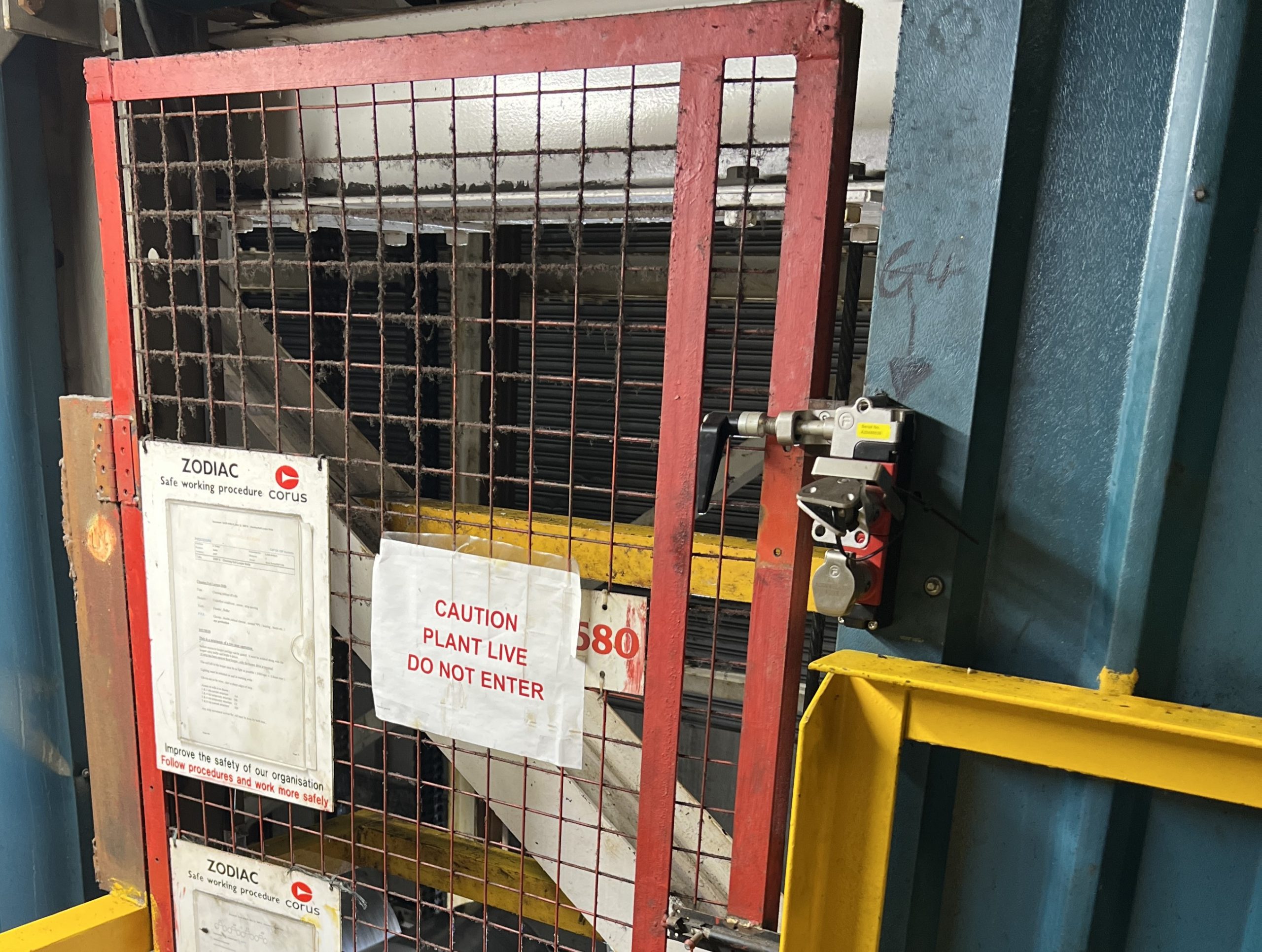
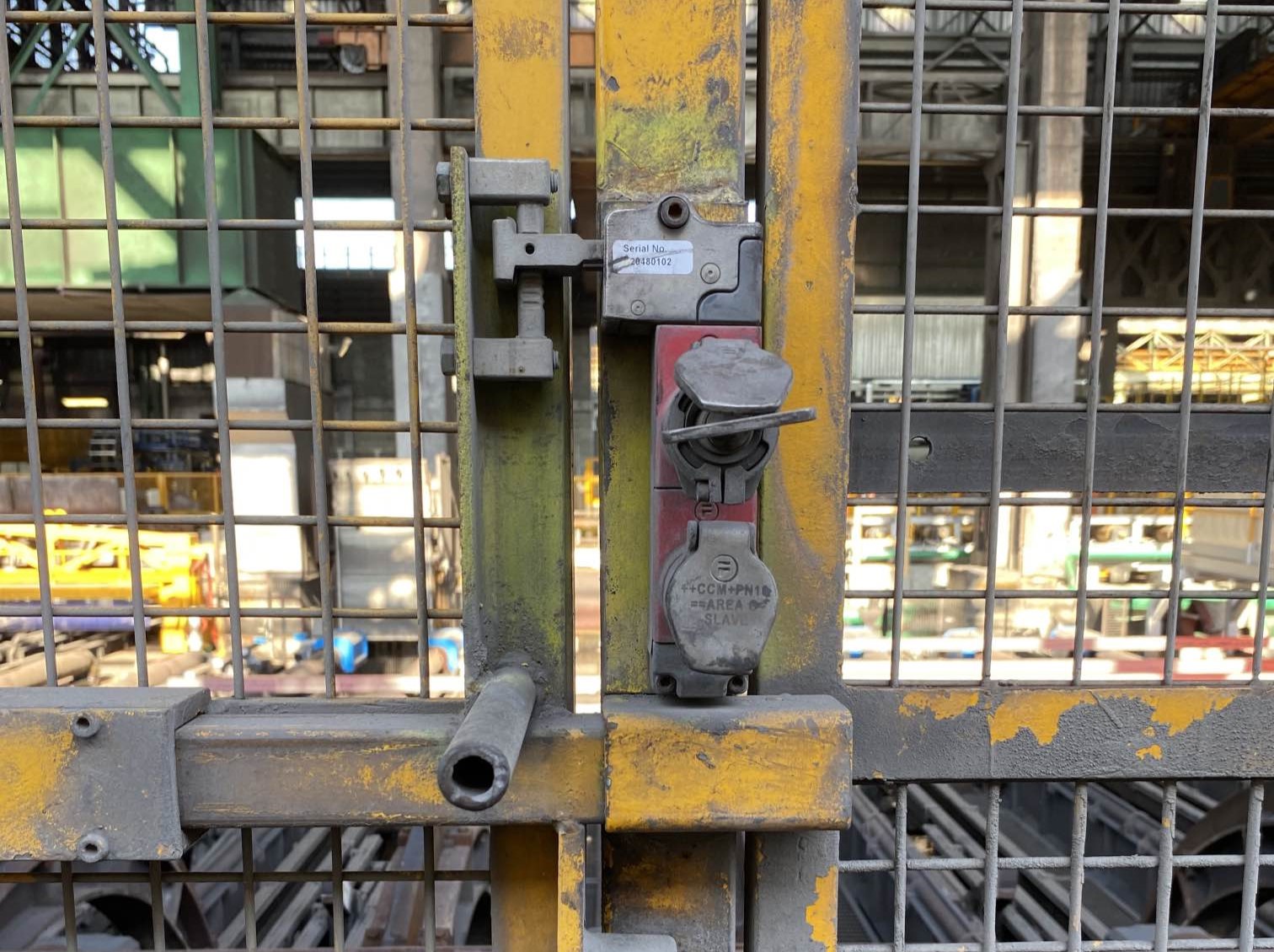
What’s New in ISO 14119:2024?
In the latest version of ISO 14119, terminology has been updated and some tables have been improved and renamed. Below are some of the other significant novelties:
Fault masking criteria (covered by ISO/TR 24119:2015 “Safety of machinery – Evaluation of the serial link for masking faults of interlocking devices associated with protections with potential free contacts”) have been integrated into Annex J. The standard now includes further details on fault masking scenarios and provides guidance for the estimation of the maximum diagnostic coverage (DC) values and design guidance for the safety-related parts of the control system (SRP/CS).
Trapped key interlocking systems, previously covered by ISO/TS 19837:2018 “Safety of machinery – Trapped Key interlocking device – Principles for design and selection”, have been integrated in Annex K and have been classified as type 5 interlocking devices. The addition of a new category type is a key update, expanding the previous classification from four to five types, and highlights the importance of mechanical trapped keys in the design of interlocking devices.
Trapped key interlocking relies on the enforcement of a sequence of operations in a predetermined order through the transfer of keys that are either trapped or released before the next step in the sequence can be performed. The new classification of interlocking devices based on the actuation principle and the type of actuator is summarised in Table 2 of the standard (more details can be found in ISO 14119:2024).

Interesting requirements for trapped keys discussed in Annex K address potential issues related to key coding and the reproduction of keys. Key coding aims to prevent two or more interlocking devices from unintentionally sharing an identical key as this can result in a hazard. Keys must not be easily reproducible and, to avoid confusion, interlocks and their corresponding keys should be clearly marked.
Although the new standard integrates key elements from ISO/TR 24119:2015 and ISO/TS 19837:2018, both documents remain valid until further notice.
How Fortress Can Help with ISO 14119 Understanding and Application
Fortress is a leader in interlocking solutions, with extensive expertise in designing and providing trapped key systems tailored to meet the requirements of each application and safety standards, including ISO 14119. Fortress keys have more than 200,000 different “cut” combinations, ensuring unique codes to reduce the risk of duplicates. Each key comes with an engraving (code) to match its lock, with additional personalization possible. Fortress also has a database of key codes and their locations to prevent the unintentional duplication of keys on site. Contact our team to find out more.

